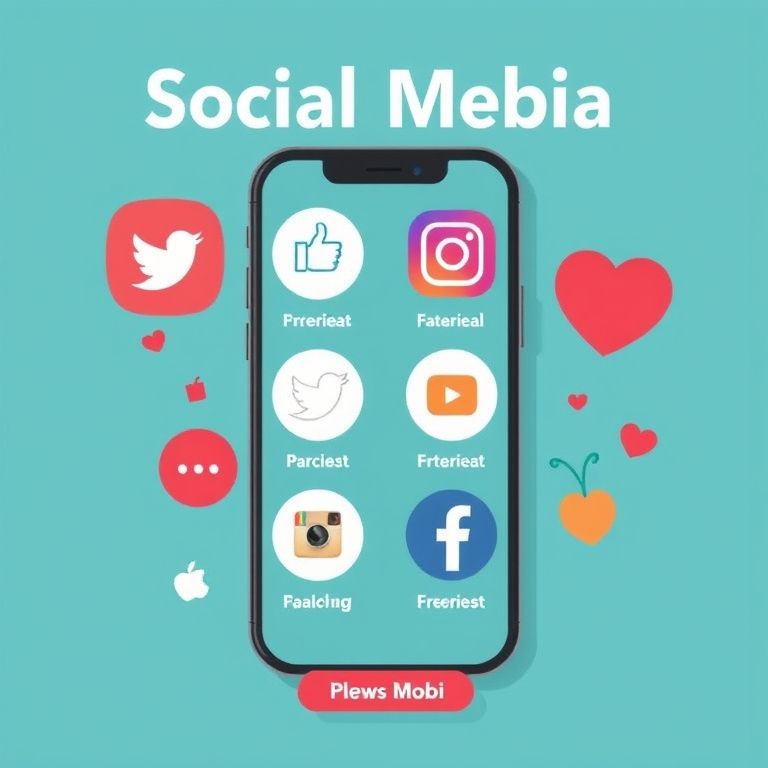You pour time into applications and the reply is silence. That silence stings, but it also tells you where the work needs to start. Getting a job today is rarely about luck. It is about a sequence of signals you send to machines and people. When any signal is weak the pipeline clogs. Below is a clear, practical examination of the real reasons hiring stalls and a concrete plan you can use right away to change the outcome.
First, machines decide whether your application gets seen. Applicant tracking systems are unforgiving about format and keywords. If your resume is an image, uses odd fonts, or buries achievements in long paragraphs, the system will likely skip it. Fix this by using a plain PDF or DOCX, standard headings like Summary Experience Education Skills, and short bullets that start with a strong action verb. Put your top three results at the very top so a human who skims for ten seconds sees impact before anything else. Replace vague lines about responsibilities with concrete outcomes. For example instead of saying managed sales write grew product revenue from 20 percent to 45 percent in twelve months.
Second, many candidates fail at translation. Employers do not want your life story. They want to know how you will solve their specific problem. That requires tailoring not reformatting. Read the job post and rewrite two or three bullets to match the words and outcomes the employer uses. Tailoring takes time but it multiplies reply rates. If a job asks for customer onboarding experience, highlight a single onboarding project you led and the metric you improved rather than a general customer service line. If you cannot match a required skill exactly show a small project that proves you can learn and apply it fast.
Third, the portfolio gap is real. For roles that involve output such as design analytics marketing or coding, employers prefer to see work not certificates. Build a one page portfolio with three strong samples. If you are an analyst publish a short case study on public data. If you are a designer redo a local shop listing and track engagement before and after. These bite sized projects convert doubt into evidence and they are faster than you think to produce.
Fourth, LinkedIn and profile signals matter. Recruiters search for keywords in profiles and then scan for social proof. Your headline must be specific and searchable. A headline like Product Operations Manager not only clarifies but helps discovery. Use the About section to state what you do in one short paragraph and list the top three outcomes you deliver. Add project links and one recommendation from a manager or client. If your profile is light, recruiters assume you are passive or inexperienced.
Fifth, outreach and networking are still higher yield than cold applications. People hire people they already trust. Use LinkedIn to reach out with a short message that asks for one small favor not a job. Example message: Hi Name, I enjoyed your note about customer onboarding. I built a small onboarding playbook that cut drop off by 18 percent and would value one quick question about how your team measures success. This is not a job ask. It opens a door. Build rapport, offer value, then ask about openings.
Sixth, interview craft loses more candidates than you expect. Rehearsal alone is not enough. You must build a tight narrative that links your three strongest achievements to the employer’s priorities. Prepare a 90 second pitch that states the problem you solve, the concrete results you delivered, and what you would do first in the new role. Practice answers using the STAR method for behavioral questions but avoid robotic recitation. Interviewers hire humans who can tell a short memorable story and then shape it to the company context.
Seventh, follow up is a quiet advantage. Too many applicants assume silence equals no interest. Send one polite follow up seven days after applying and a short thank you within twenty four hours of interviews. A good follow up reminds the reader of one specific contribution you can make and asks about next steps in a concise way. These messages keep you top of mind and often move slow processes forward.
Eighth, misaligned expectations sink searches. If you apply to roles that require five years of experience with only two years of direct work you will hear little back. Bridge the gap with interim roles where you can get those responsibilities, or create evidence through projects and freelance work. If salary bands are outside your range consider the total value conversation. Ask about progression and the timing for reviews rather than accepting a low offer in panic.
Ninth, systemic bias and hiring noise exist and they matter. You cannot control macro factors alone but you can reduce risk. Apply to companies that use skills based hiring or publish transparent hiring practices. Use referrals to bypass some bias. Collect testimonials, case notes, and verifiable outcomes to make it easier for a recruiter to trust your competence.
Tenth, resilience and process matter more than motivation. Job search is a numbers and learning game. Track each application, who you contacted, dates, and responses. Turn failures into experiments. If emails get no reply change the subject line. If interviews end cordially without offers ask for specific feedback. Use small measurable improvements based on data not on hope.
Now a concrete seven day plan to start changing results immediately. Day one, clean your resume. Put three quantified bullets at the top and save as Firstname Lastname Role.pdf. Day two, build one project for your portfolio and write a short case note showing the result. Day three, update LinkedIn headline and About section with two keywords and one accomplishment line. Day four, identify five target companies and find two people per company to reach out to with the short message above. Day five, apply to three roles with tailored resumes and set reminders to follow up in seven days. Day six, run two mock interviews with a friend or mentor and refine your 90 second pitch. Day seven, reflect on responses and adjust the message or portfolio based on any feedback or patterns you saw.
Here are practical scripts you can adapt. Application follow up email: Subject is Quick follow up on my application. Body: Hi Name, I applied last week for Role at Company and wanted to share a quick example of similar work I did where I improved X by Y percent. I remain very interested and would welcome the chance to discuss how I can help your team. Thank you for your time. Interview thank you message: Subject is Thank you for the interview. Body: Hi Name, Thank you for speaking with me today. I enjoyed learning about your approach to X. Based on our conversation I would focus on Y first because of Z result I achieved before. I look forward to next steps and appreciate your time.
Finally, remember that hiring is a trust transaction. Employers are not just buying skills. They are buying the belief that you will show up, learn, and deliver. Your job in the search is to reduce perceived risk and increase trust fast. Do that with evidence not with promises. Show measurable outcomes, show learning ability and show consistency. Change a single weak signal and the whole pipeline starts to flow.
If you will take one action now, pick the resume top three and make them measurable. That small rewrite will change how machines and people see you and it often opens the door to the right conversation.









Comments (0)